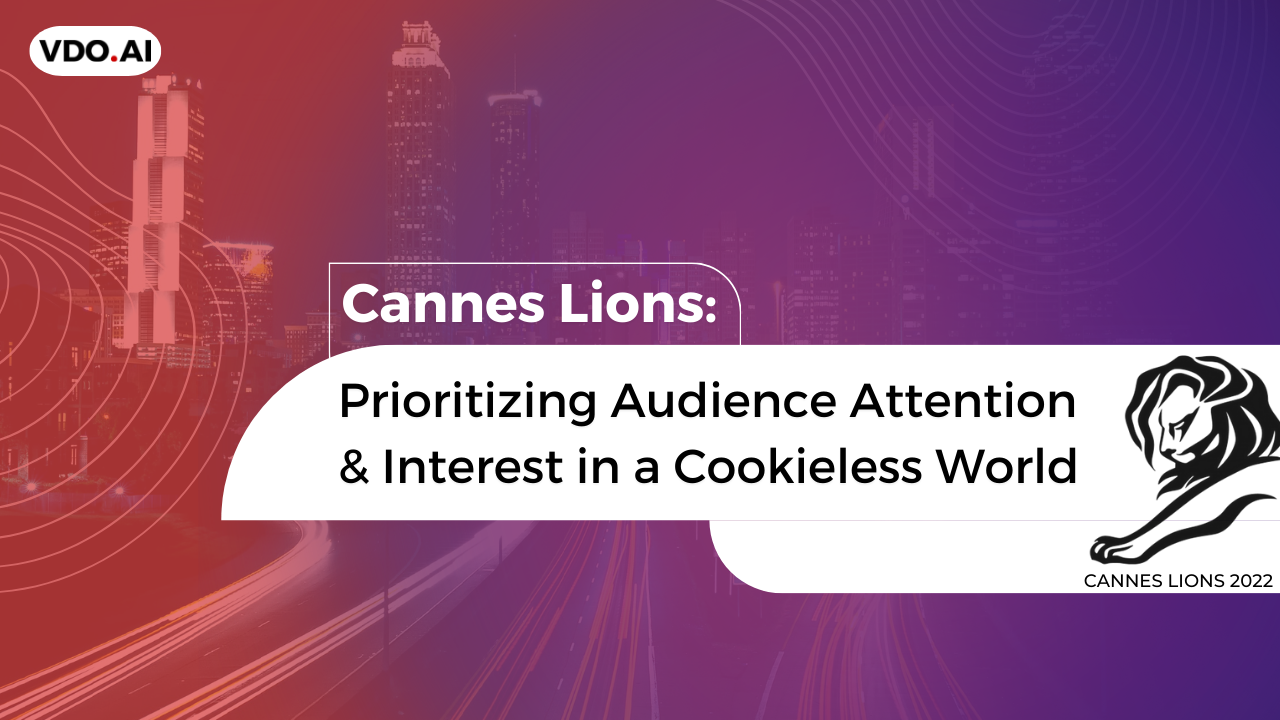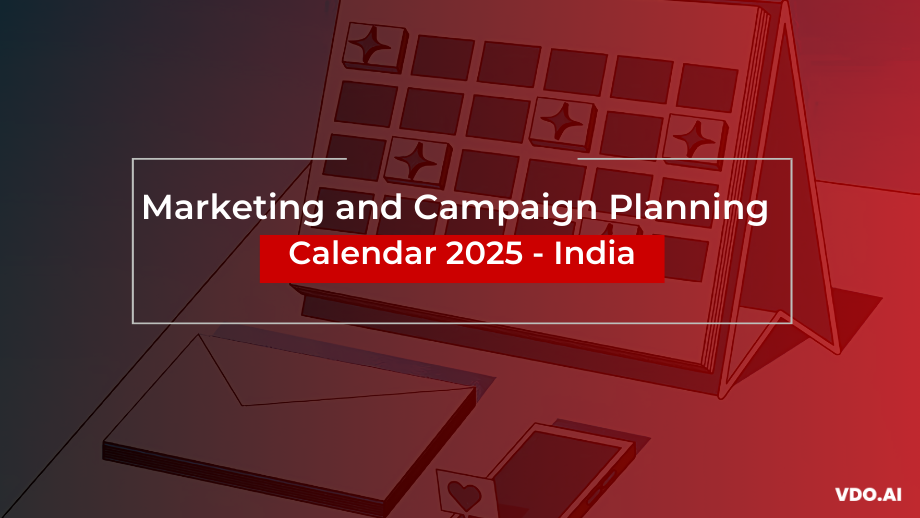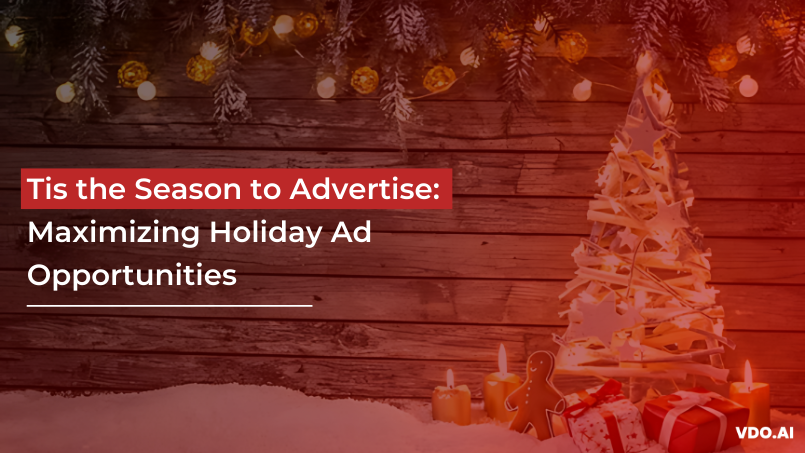Cannes Lions: Prioritizing Audience Attention & Interest in a Cookieless World
Reading Time: 3 minutesThere is such a thing called residual memory, which triggers whenever we come across something we have seen or heard before. Over many years, the advertising industry has established itself around this psychological practice. However, in the era of digital modernization, acquiring the attention of the audiences has emerged as a primary concern at Cannes Lions.
With technological advancement comes continuously changing policies. After the elimination of third-party cookies, it has become specifically difficult for advertisers to target their potential customers. They are forced to opt for newer or alternate methods of marketing. One such previously adapted and successful practice was contextual advertising.
Shifting gears from behavioral marketing and moving towards contextual advertisement will bring attention to first-party data. It will open up possibilities for improved methods that can be inculcated into ordinary streams such as Artificial Intelligence Programmable Advertisement, and Geofencing, to name a few.
Cannes Lions 2022 was all about focusing and creating awareness on how ad tech industries will approach new policy alterations.
The art of killing the cookies
The depreciation of third-party cookies has marked a major turning point for advertisers. To manifest the best digital environment, brands are now inclining toward contextual targeting behavior which was long forgotten after the emergence of behavioral advertising.
Instead of using personal data, the programmatic system displays relevant ads, based on the content of the sites visited by the user. However, the challenge remains the same, viz to hold the viewer’s attention. For a more centric and targeted approach, contextual advertising has adapted AI and programmable solutions. This ultimately resulted in Contextual Advertisement 2.0. Artificial intelligence can scan the content of a page to match the suitability and sentiments for better ad placements and increase impressions.
With changing policies, brands are now presented with an opportunity to optimize their advertising strategy. The ads which they serve add up to viewers’ attention while also maintaining their trust. It also adds a layer of brand suitability henceforth, companies are less prone to making errors and can match contextual segmentation at scale.
Targeting and beyond- A discussion at Cannes Lions
The contextual advertising model is the way out for targeting audiences when privacy concerns limit the function of digital advertising tools. But experts believe that there are further benefits that come into play beyond targeting. Under research performed by third-party vendor Seedtag, three different approaches for targeting were studied upon no targeting. These are- interest-based, demographic-based, and contextual- across different sectors such as automotive, food, and beverages. The outcome confirmed that contextual targeting was the most effective method of generating interest across all the categories. It was 32% more effective than demographic targeting. With more potential customers, the benefits lie within both advertisers and the brand itself.
While there is no definite move in the world of ad tech, it is a safe bet that implementing contextual advertisement now will help generate qualified audiences for the brand.
VDO.AI is an ad tech giant which comprehended these changes in the ad tech industry long back. With the implementation of AI and programmable ad solutions, it is manifesting the success of contextual advertising. Connected TV ads (CTV), OTT advertising, etc. are many such solutions.
As brands are leveraging contextual advertising to meet their customers at the right time and the right place, VDO.AI can successfully move past its dependency on third-party cookies to deliver meaningful messages at scale. Get started here. Let them hear you roar!



